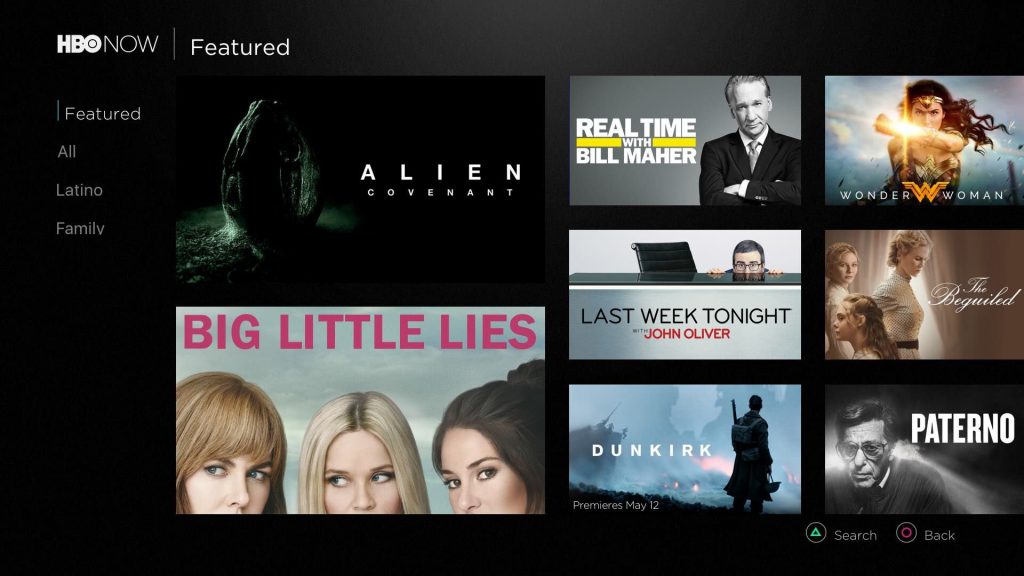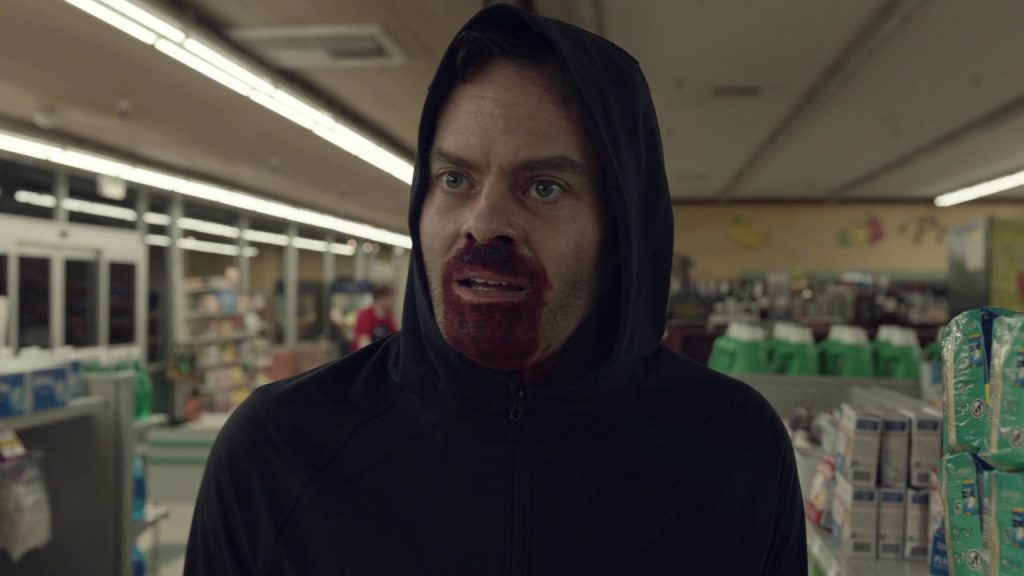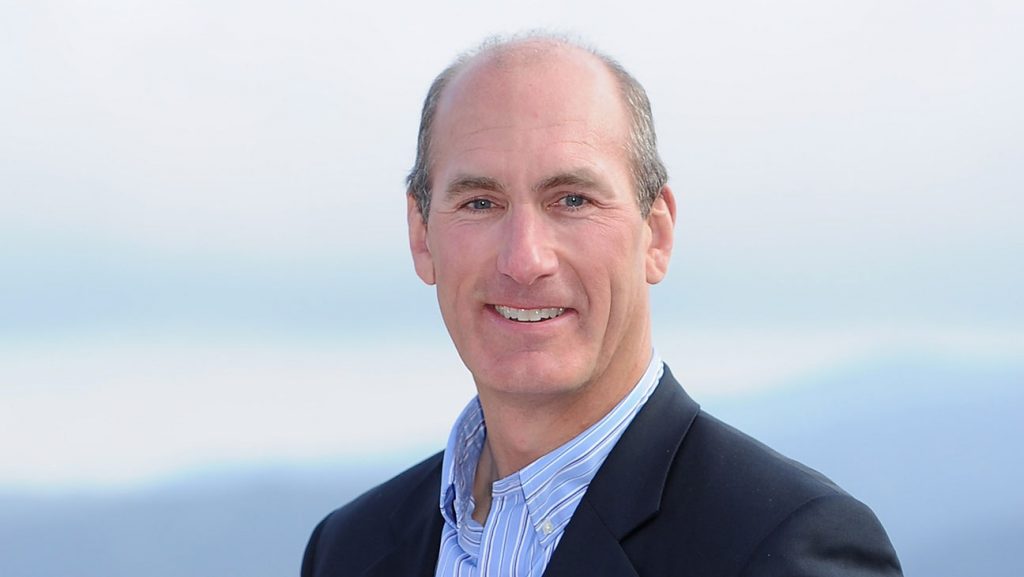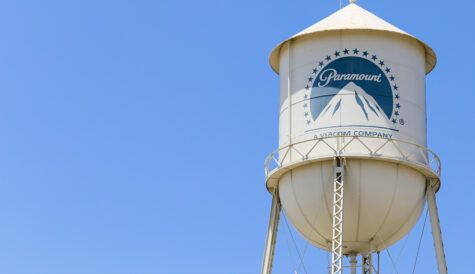
After more than 40 years of operation, DTVE is closing its doors and our website will no longer be updated daily. Thank you for all of your support.
Maxed out? Do US audiences have room for Warner’s new streamer?

AT&T’s long-awaited Netflix rival is here. Almost seven months after it was first announced, HBO Max has landed on TV sets around the US.
The streamer launches with more than 10,000 hours of content from across the AT&T-owned WarnerMedia’s library from the likes of Warner Bros., New Line, DC, CNN, TNT, TBS, truTV, Turner Classic Movies, Cartoon Network, Adult Swim, Crunchyroll, Rooster Teeth, Looney Tunes, and of course HBO.
And while the inclusion of the Harry Potter franchise – initially licenced to NBCUniversal for US$250 million for a 10 year stint – was a welcome surprise to many, users and pundits have already started to notice gaps in HBO Max’s library.
The Verge reports that while it boasts of having the DC Universe, HBO Max contains no adaptations of Superman (one of the key characters in the franchise. Similarly, the streamer has Peter Jackson’s epic fantasy Lord of the Rings franchise except for The Desolation of Smaug – the middle film of the later Hobbit trilogy.
Such omissions are small fry when considered next to the thousands of hours of content, but Joshua Rivera of the outlet surmises that “as a service, HBO Max offers you a lot but promises little. In its marketing, it tells you what you can expect, but not when to expect it.” This, he writes, lends to a sense of muddled communication that “makes it harder to understand what HBO Max is or what it’s supposed to be.”
This confusion also extends to the service’s branding with HBO Max having a title close to previous Warner streamers HBO Now and HBO Go. While in 2020 HBO arguably carries the most prestige of any Warner brand, this runs the risk of diminishing the scale of the service to prospective users.
This is a concern echoed by Rahul Patel, an analyst at Ampere.
“The branding is certainly less clear-cut than in the case of Disney, where its individual production assets have historically been more closely aligned to the studio in branding terms,” he says. “This manifests in two main ways – clarifying the breadth of content on the service, and clarifying the differentiation from historic VOD services run by Warner – and has resulted in Warner making recent efforts to clarify the distinction between HBO Go, HBO Now, and HBO Max.
He adds that “HBO Max is instead more an extension to the underlying, strong consumer-facing HBO brand” but that HBO Max’s price point being the same as HBO Now may also lend to confusion.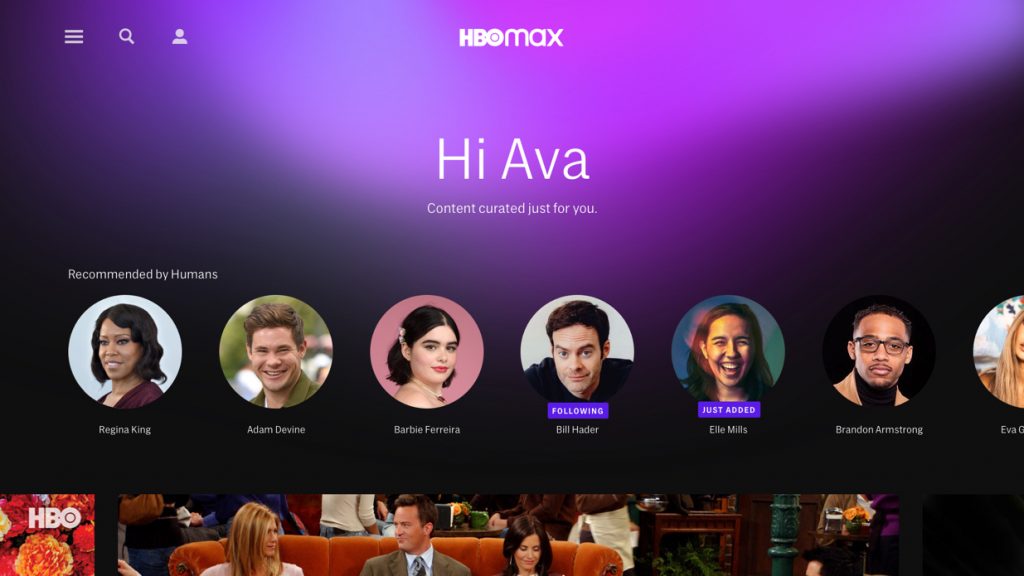
The human touch
One aspect that HBO Max has been clear with however is its focus on being a human-first platform.
Rather than the calculating algorithm-based recommendation engines relied upon by the likes of Netflix (earlier this year, celebrated filmmaker Martin Scorsese even called the over-reliance on such systems as “dangerous” for how people view cinema), HBO Max puts people front and centre – and this is the service’s cutting edge.
With dedicated ‘recommended by humans’ sections, content curators have put lists of movies and series together to show what they are watching. These curators range from WarnerMedia’s own editors to celebrities like Zac Efron and Watchmen’s Regina King. This isn’t just a faceless playlist attributed to a face however. Efron, for example, has a video on his profile where he talks about his enduring love of classic horror film The Exorcist.
This lends to a sense of personal interaction more akin to a content creator-led platform like YouTube and – more importantly for Warner – keeps users on the platform.
Ampere’s Patel says: “while these features, if successful, will limit the time spent between loading the app and clicking play on something, they also act as a marketing tactic to differentiate HBO Max from the competition. By attempting to give users a more personalised experience, HBO Max can stand out in a market where the user experience is largely homogeneous.”
The ideal encapsulation of this is a situation where a viewer has finished bingeing a show like HBO’s Barry and then is directed to series star and creator Bill Hader’s profile where he can present the user with the films and series that inspired the show which just so happen to all be watchable in HBO Max.
Sure it effectively does the same thing as Netflix’s content-suggesting algorithm, but the fact that it has a face attached to it with human meaning is what HBO Max hopes will give users a far more organic experience.
Patel is more sceptical of this as a selling point however. He notes: “The importance of HBO Max’s focus on human curation will be limited upon launch. The only notable differences between HBO Max’s and Netflix’s experience is that HBO Max offers editor and celebrity recommendations and episode bundles. While both features are novel, they will only go a short way to improve the user experience above HBO Max’s competitors.
“There are plans to introduce more social features, such as recommendation sharing between fellow users akin to Spotify. Such additions will aid HBO Max in retaining subscribers in the future.”
Curation at a cost
The major obstacle facing many however will be the price tag: US$14.99 per month.
It is a monthly cost that is cheaper than the initially predicted US$17-19 fee, but still up on Netflix’s demand of US$12.99 per month for its standard package.
Disney+, by contrast, is far more aggressively priced at US$6.99 per month. While it is difficult to compare the libraries of the family-friendly Disney streamer with the all-encompassing HBO Max, the annual cost of almost US$200 per year makes the latter much more of an investment that requires calculation.
The now AT&T COO and president John Stankey confidently argued in January that “HBO Max will be the highest quality premium SVOD in the market with a great experience, better curation, and higher percentage of culturally relevant offerings than competing products,” but the market-topping price point puts a target on the service’s back.
This price tag may run the risk of alienating new customers, says Patel.
“There will be parts of the population unwilling or unable to pay US$15 per month for the service. But Warner hopes to attract the in-between market – those who pay for content but don’t already subscribe to HBO – by offering them much more content at the same price as HBO. Any possible alienation will be further reduced when an ad-supported tier is introduced.”
He also argues that launching a premium-priced streamer in the current economic climate – on May 28 it was reported that the number of unemployed has hit 40 million in the US – leads the product to “face more challenges than it would have just a few months ago.”
This premium pricing will inevitably be undercut by an ad-supported tier to be launched in the future – a move to which Stankey has previously alluded.
“2021 has been suggested as a potential date,” adds Patel. “But it is feasible to imagine this coming into effect earlier if HBO Max sees minimal uplift on HBO Now. Many consumers will be unwilling or unable to pay the premium price for the premium content but they may be enticed with a cheaper, ad-supported tier – the introduction of which could bring a second wave of subscribers regardless of whether HBO Max struggles.”
“Hulu can be used as an example where the ad-supported tier generates much more revenue than the ad-free tier. This is a lesson Peacock seems to have learned given how it is launching with three different tiers, two of which are ad-supported.”
Those two streamers – Disney’s Hulu and NBCUniversal’s soon-to-launch Peacock – are the players which Patel believes are most under threat by HBO Max, particularly should Warner introduce an ad-supported level.
He says: “Peacock and Hulu could be potentially most threatened if HBO Max encroaches on their space in the market by offering a cheaper, ad-supported tier – especially considering the similarities in the scope of their content.”
The new for the old
The headline price is only part of the story however, with it being arguable that HBO Max is more of a value proposition for existing customers rather than a lure for new ones.
We already knew from the off that 10 million AT&T customers would benefit from free access to the streamer from launch, but the company has quietly gone about signing distribution deals with most of the large TV operators in the US.
Rounded out last week, AT&T has distribution deals with Altice USA, Cox Communications, and 750 National Cable Television Cooperative (NCTC) local operators. For customers of those operators who subscribe to HBO’s linear channels, they will gain access to HBO Max at no extra cost.
The one major exception to the above list is of course Comcast, which is launching its own premium Peacock streamer in July.
Still, that is an already established base of tens of millions, suggesting that it will hit its 2025 goal of 80 million subscribers at a canter. (In fact, prior to any of these deals being signed MoffettNathanson had predicted that HBO Max would hit 51 million subscribers in that period.)
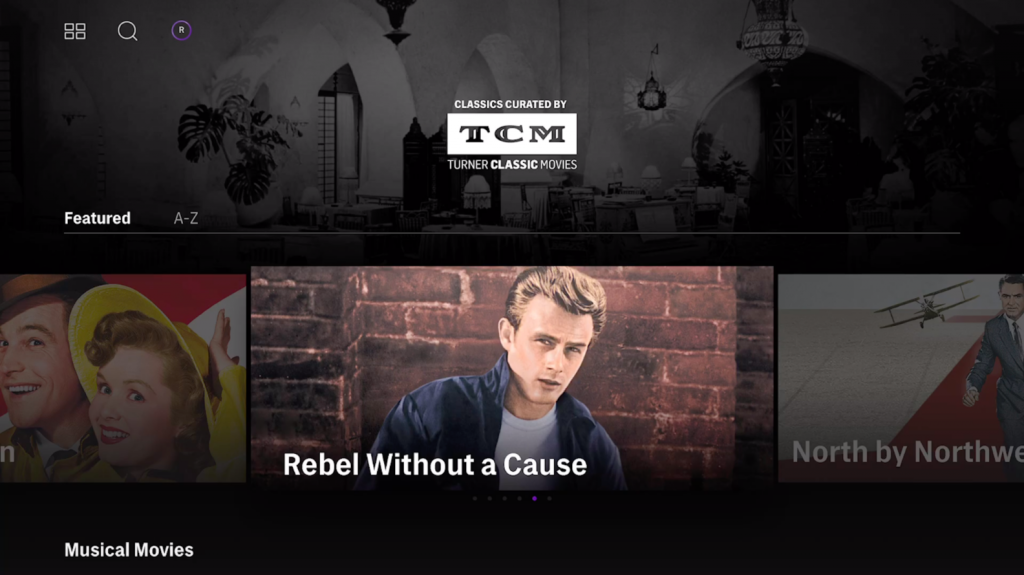 To a large number of users, HBO Max will be an extra benefit of their cable package rather than a service they have purposefully sought out and that is where AT&T could see the largest success.
To a large number of users, HBO Max will be an extra benefit of their cable package rather than a service they have purposefully sought out and that is where AT&T could see the largest success.
Patel agrees, saying “Warner is focusing on its existing subscribers to establish a firm base in the early months. This is either from upgrading some HBO Now or Go subscribers to Max for free or bundling HBO Max with AT&T network packages. This will help HBO Max gain subscribers quickly in a time when the $15 per month price tag seems too high for potential customers.”
The analyst also presents Quibi as an example which Warner should look to avoid.
“Quibi’s lower than expected subscriber figures since its launch have already rattled advertisers,” he says. “Reporting strong subscriber figures in the early months is important for instilling confidence in a streaming venture.”
The US is a market that is reaching a streaming saturation point. Between Netflix, Disney+, Amazon Prime Video, Apple TV+ Peacock, HBO Max and countless others – not to mention the growing number of AVODs being bought by major broadcasters – it is already unfeasible for most Americans to use all of the above both in terms of time and money.
Considering that HBO Max is already costing Warner US$1.2 billion in lost revenue, AT&T needs the product to be a success and fast. Whether the company has done enough to market the streamer as a valid competitor remains to be seen, but Patel thinks that it has what it takes.
“HBO Max is a compelling product. Its library boasts HBO shows that are attributed to ushering in the current golden age of television, classic cinema, ever popular sitcoms, box office hits, and HBO’s newest buzzy television output,” the analyst concludes. “Not only does there appear to be something for everyone, but the service also offers the premium titles within each of these broad sections. Its entrance into the market cannot be taken lightly.”
Now it’s up to audiences to decide if they have any space in their viewing routines or whether they’re already at their max.
